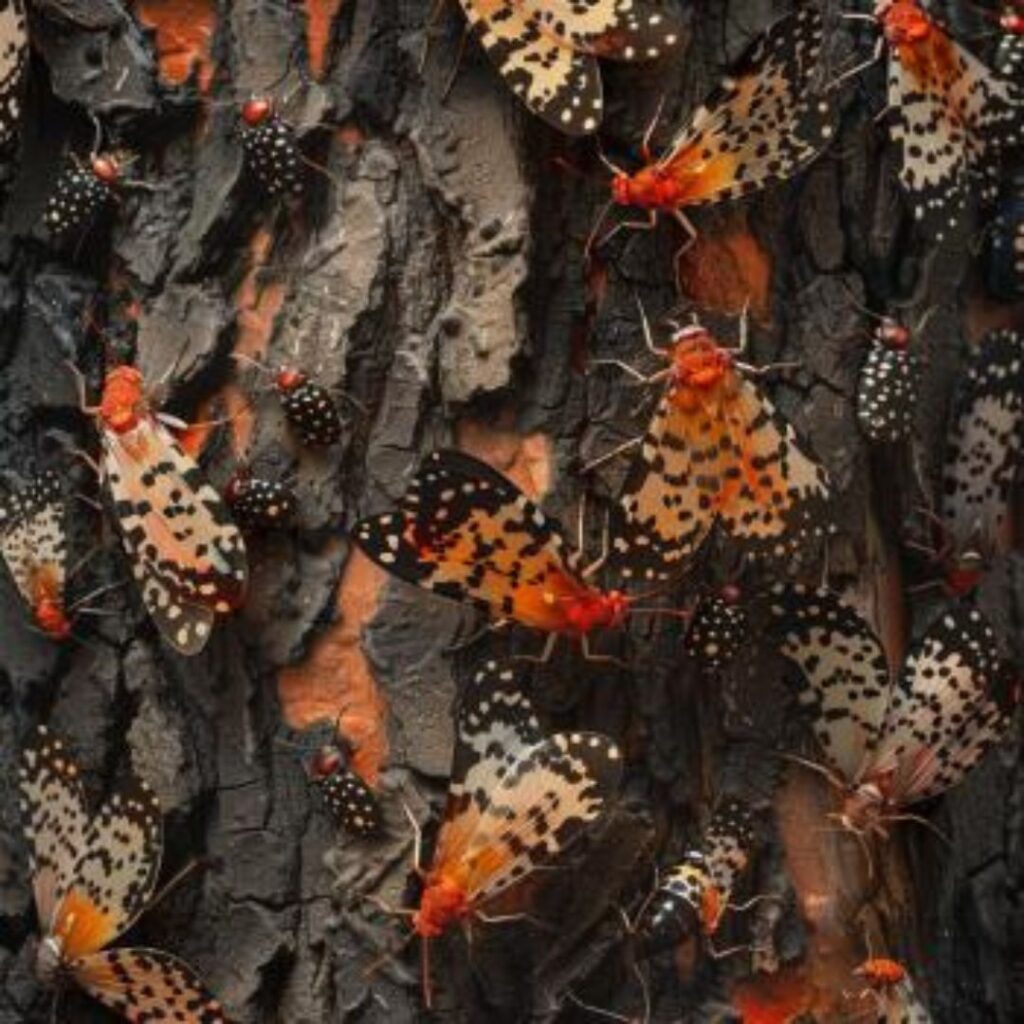
In recent years, an invasive pest known as the spotted lanternfly (Lycorma delicatula) has caused widespread concern across several U.S. states. This striking but destructive insect has made headlines for the significant damage it inflicts on agriculture and the environment. Here’s what you need to know about the spotted lanternfly, why controlling its population is crucial, and how you can safely contribute to its eradication.
What Is the Spotted Lanternfly?
The spotted lanternfly is an invasive planthopper native to parts of China, India, and Vietnam. It was first detected in the United States in Pennsylvania in 2014 and has since spread to numerous other states, including New Jersey, Virginia, and Ohio. This pest primarily feeds on the sap of more than 70 different plant species, including grapes, apples, pines, and maples, posing a significant threat to the U.S. agriculture and forestry industries.
Identifying the Spotted Lanternfly:
- Adults: About 1 inch long and half an inch wide, with distinctive wings. The forewings are gray with black spots, and the hind wings have striking red, black, and white patterns.
- Nymphs: Initially black with white spots, they transition to red before becoming adults.
Why Is It Important to Kill the Spotted Lanternfly?
The spotted lanternfly poses severe risks in several areas:
- Economic Damage: The insect threatens vital industries, especially viticulture (grape-growing), by stressing plants and significantly reducing crop yields.
- Environmental Impact: Lanternflies can damage or kill native trees, disrupting local ecosystems and biodiversity.
- Nuisance in Residential Areas: Their feeding process produces honeydew, a sticky substance that attracts bees and wasps and promotes the growth of sooty mold. This mold can damage plants and cover surfaces like patios, decks, and cars, leaving them sticky and blackened.
How to Safely Kill the Spotted Lanternfly
If you encounter a spotted lanternfly, taking action is essential to help control its population. Here are some effective methods:
Manual Removal
- For nymphs and adults: Crush the insects using your hand or a small object. Wear gloves to avoid any residue that might irritate your skin.
- For egg masses: Scrape them off surfaces like tree trunks, stones, or outdoor furniture into a bag filled with hand sanitizer or rubbing alcohol to ensure the eggs do not survive.
Sticky Bands
- Tree Wrapping: Wrap tree trunks with sticky bands to trap nymphs and adults. This method prevents them from climbing to feed and lay eggs. To protect other wildlife, such as birds, cover the bands with a protective cage or mesh.
Use Insecticides
- Insecticidal Options: Insecticidal soaps, neem oil, or more robust chemicals can be effective against lanternfly populations. Always follow the label instructions and consider environmental impacts, especially near food crops or water sources.
Report Sightings
If you’re in a state where the spotted lanternfly is considered an invasive pest, it’s crucial to report any sightings. Contact your local Department of Agriculture or cooperative extension service for guidance. They can provide further instructions based on the infestation level and area.
By understanding the threats posed by the spotted lanternfly and taking appropriate action, we can help protect our agriculture, environment, and communities from this invasive species.